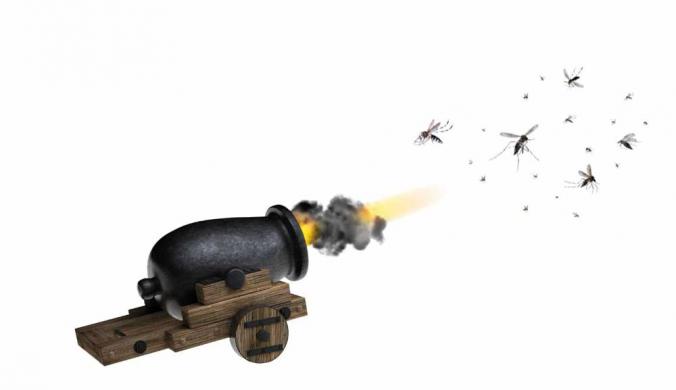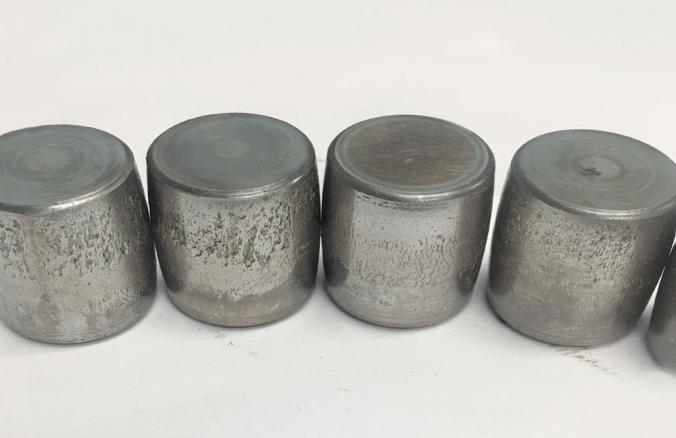Multi-site Maintenance Excellence: From ‘not invented here’ to creating support and commitment
The term ‘Operational Excellence’ refers to an excellent and flawless way of working to meet the highest expectations of customers. Maintenance obviously plays an important role in this. The term excellence is therefore also becoming ‘common knowledge’ in this area. With ‘Maintenance Excellence’ we aim for the best performance of our assets. A nice challenge, but how do you roll out this way of working to multiple locations around the world?
Large companies with multiple locations all over the world are called multi-site companies. Due to growth, relocation or acquisition, the company expands in various countries. This implies that the company is doing well, but it also creates a huge challenge. How do you make sure all these factories – with differences in processes, languages, cultures, time zones and IT systems – all perform in an excellent way? And is there even one excellent approach to be implemented everywhere?
Cultural differences
"There is enormous potential in learning from each other's best practices, but this is not an easy task," confirms Guy Delahay, Managing Partner at Mainnovation. Delahay regularly flies to other continents to advise multi-site companies on maintenance and asset management. “Without wanting to generalise: in America they are used to a top-down approach and if management indeed knows how to set the right course, this can work well. Germany is more hierarchical. When the boss is at the meeting table, the employee keeps a low profile. In Asian countries you see that the group feeling must be taken into account. And the Dutch have the image of being open and free-spirited. Here a mechanic can tell the director that he has a better idea. If this is an American manager, this may not be appreciated.”
Ideologies
Nevertheless, it is worthwhile to see whether the different factories can learn from each other. To achieve Maintenance Excellence, many organisations opt for methods that support this. Delahay calls this 'the battle of the ideologies'. Delahay: “Companies choose to implement Total Productive Maintenance (TPM) or Reliability Centred Maintenance (RCM) at all plants. This often leads to top-down imposed programmes that ignore adaptation, commitment and support. Best practices are indicated from qualitative measurements, that are not at all relevant at some factories.”
A Global Maintenance Excellence Champion is also appointed to lead the project. “This can work well, but this has to be someone with – there's that word again – excellent qualities. Flair, leadership and decisiveness. But also someone with a mandate. Can they make decisions or are they only allowed to give advice? And even then, this official can run into a wall of resistance. 'Not invented here' the employees say, because they mainly believe in their own way of working.”
Support base
Is it an impossible task then? “Certainly not,” says Delahay. "You just have to be aware of the pitfalls." Cultural differences, resistance to a top-down approach and differences in targets, priorities, and action plans. “And despite all these pitfalls, it is possible. With our VDMXL methodology, for example, factory-specific solutions can be taken into account. The focus is on connecting people. Ensuring healthy competition between sites is good, but you do have to compare apples with apples: so, benchmark well and compare the right KPIs with each other.” It is also important to include everyone in order to create support and commitment. “Give space to ownership and knowledge exchange and celebrate successes. And provide insight into each other's results and KPIs. In this way you step by step create a willingness to implement other – better – working methods and EAM systems. Improving multi-site.”
Text and images: Mainnovation










